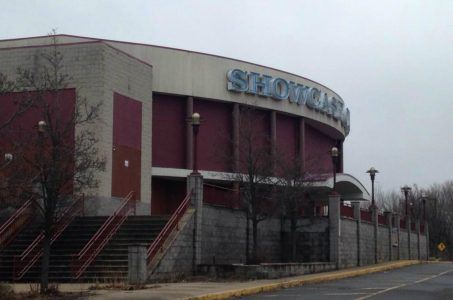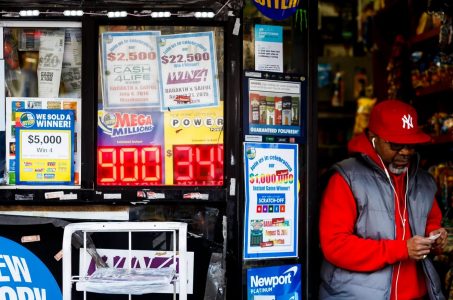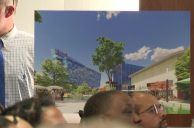Clark County Nevada Casinos Can Up Occupancy to 80 Percent Starting in May
Posted on: April 23, 2021, 09:46h.
Last updated on: April 24, 2021, 04:47h.
Most gaming properties in Clark County will be able to increase occupancy from the current 50 percent to 80 percent starting on May 1, according to a health and safety notice issued Friday by the Nevada Gaming Control Board (NGCB).

In addition, once 60 percent of the eligible population in Clark County gets at least one COVID-19 vaccine dose, the region’s casinos will be allowed to have 100 percent occupancy.
Also, social distancing rules will be relaxed from the current six feet limit to three feet in the county’s casinos, too, the NGCB said. That also starts on May 1.
Similarly, when 60 percent of the local population receives at least one COVID shot, the three-foot social distancing rule ends for gaming properties, the NGCB said.
The limits on gaming floor occupancy were put into effect last year to protect against the spread of COVID-19. The percentages are based on local building and fire codes.
But until the end of the day on April 30, current six-foot social distancing and 50 percent occupancy levels will remain in place at the county’s casinos.
Clark County includes the Las Vegas Strip, Downtown Las Vegas, and several other communities. These are home to many well-known casinos.
Face Masks Must Be Worn
Also, for now, face masks must be worn in casinos indefinitely. That remains a statewide rule.
Last year, Nevada casinos were ordered shuttered because of the pandemic. They were closed for several months, and gradually reopened in June. Occupancy levels were slowly increased over the course of the past several months.
The NGCB came up with the new rules this week. Each casino will comply with the local county-wide pandemic reopening plan being developed by officials in each county.
Local county plans need to be approved by state officials. The NGCB said, however, if a county’s local plan does not meet emergency requirements, capacity will remain at 50 percent and social distancing would be kept at six feet.
Other Counties Will See Different Limits
Casino capacity in other regions in Nevada vary. For instance, Carson City’s occupancy is set at 100 percent starting on May 1. In contrast, Esmeralda County will have a 50 percent occupancy limit. Elko County will have no social distancing.
The NGCB also announced that casino occupancy in Washoe County will remain at 50 percent, and social distancing at six feet. That is because the local county plan is “not adequate,” the NGCB said. Washoe County includes such cities as Reno.
Casinos which fail to comply with the occupancy and social distancing rules could face disciplinary action, the NGCB warned.
Hotels located at gaming properties never were under the NGCB’s purview. Restaurants located in gaming complexes will fall under local county regulation as of May 1.
The NGCB continues to maintain control over the state’s gaming properties, according to a plan announced on April 13 by Gov. Steve Sisolak (D). He wants Nevada to be at 100 percent statewide capacity by June 1.
Also, starting in May, casinos where management want to increase occupancy over the limits or to request lower social distancing levels can request permission from the NGCB.
The NGCB continues to say it will link the consideration of such requests to the number of employees vaccinated at the individual gaming property. Also, the NGCB will consider steps taken at the property to vaccinate the casino’s workforce.
“Each licensee is expected to continuously reference its county’s Local Plan to ensure compliance,” the NGCB notice adds.
“In conjunction with state and local health officials, the Board will continue to ensure that best practices are used in the mitigation of COVID-19.”
Related News Articles
Connecticut Satellite Casino Blueprint Leaves Some Locals Underwhelmed
Most Popular
Las Vegas Overstated F1 Race’s Vegas Impact — Report
Mega Millions Reportedly Mulling Substantial Ticket Price Increase
NoMad Hotel to Check Out of Park MGM on Las Vegas Strip
Most Commented
-
End of the Line for Las Vegas Monorail
— April 5, 2024 — 90 Comments -
Mega Millions Reportedly Mulling Substantial Ticket Price Increase
— April 16, 2024 — 8 Comments -
Long Island Casino Opponents Love New York Licensing Delays
— March 27, 2024 — 5 Comments
















No comments yet